Needed for this class
- Tripod
- Camera or cameraphone
- a continuous light
- if using a cameraphone, an app such as slow shutter cam
Shutter Speed
Shutter Speed is the length of time that the sensor is exposed to light to create the photograph. It is measured in seconds or fractions of a second.
The full stops for shutter speed are: 30”, 15”, 8”, 4”, 2”, 1”, . sec, ., 1/8, 1/15, 1/30, 1/60, 1/125, 1/250, 1/500, 1/1000, 1/2000, 1/4000, 1/8000
Doubling the time, doubles the amount of light that reaches the sensor.
When shooting with a cameraphone and the Lightroom Photoshop app, you can set the shutter speed of your cameraphone between 1/10,000 and 1/4 sec.
The general rule for getting a sharp image is that the shutter speed should be 1/focal length. So a sports photographer using a 500 mm lens should use a shutter speed of 1/500.
Image Stabilization can reduce blurriness when photographing a still subject in low light.
Turn off IS when mounting the camera on a tripod or photographing a moving subject..
A good rule of thumb when shooting with a camera is: Any shutter speeds slower then 1/60 require the use of a tripod. When shooting with a cameraphone, you will need a tripod to shoot at 1/15 or slower.
Capturing of Motion
Your choice of shutter speed will change the way motion is captured in the photograph.
Frozen Motion-Motion is stopped and captured in the frame with a fast shutter speed.

Galloping horse (Sallie Gardner running). Eadweard Muybridge. 1878. 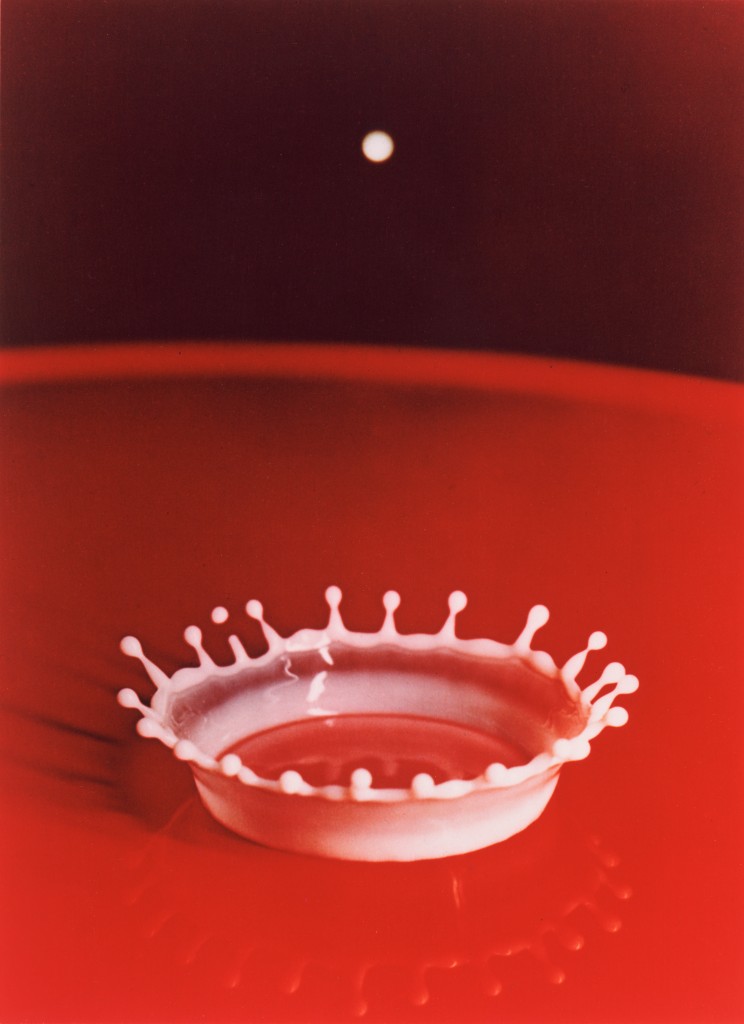
Milk Drop Coronet,. Harold Edgerton. 1957. 
The Catch, 1/10/82 Dwight Clark from Joe Montana, Candlestick Park, S.F. Photographer: Walter Iooss. 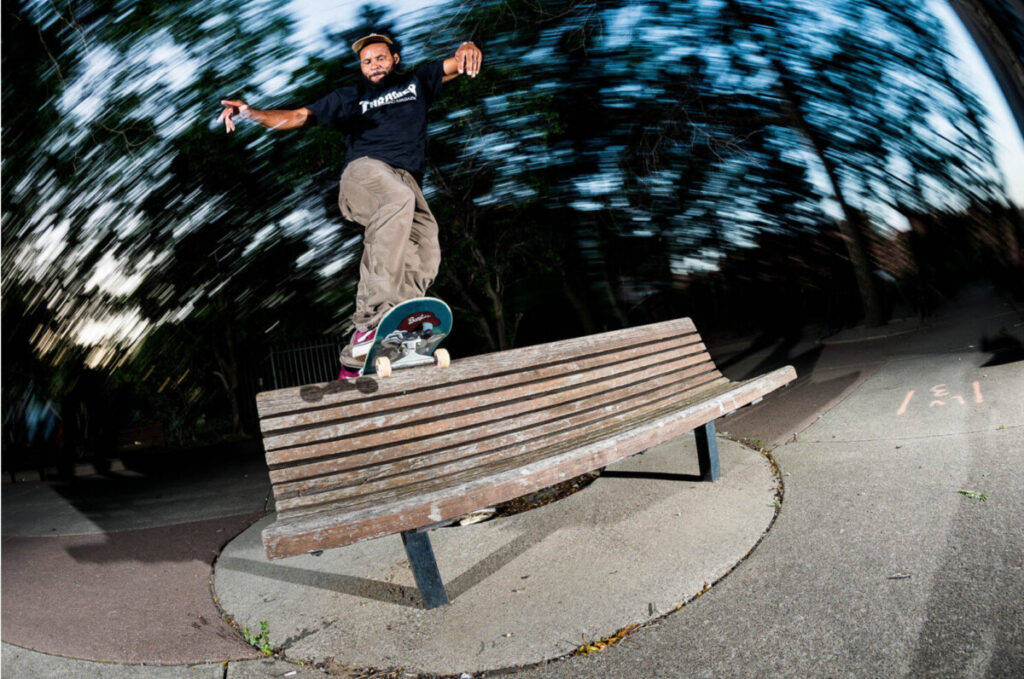
Photographer: Joe Brook 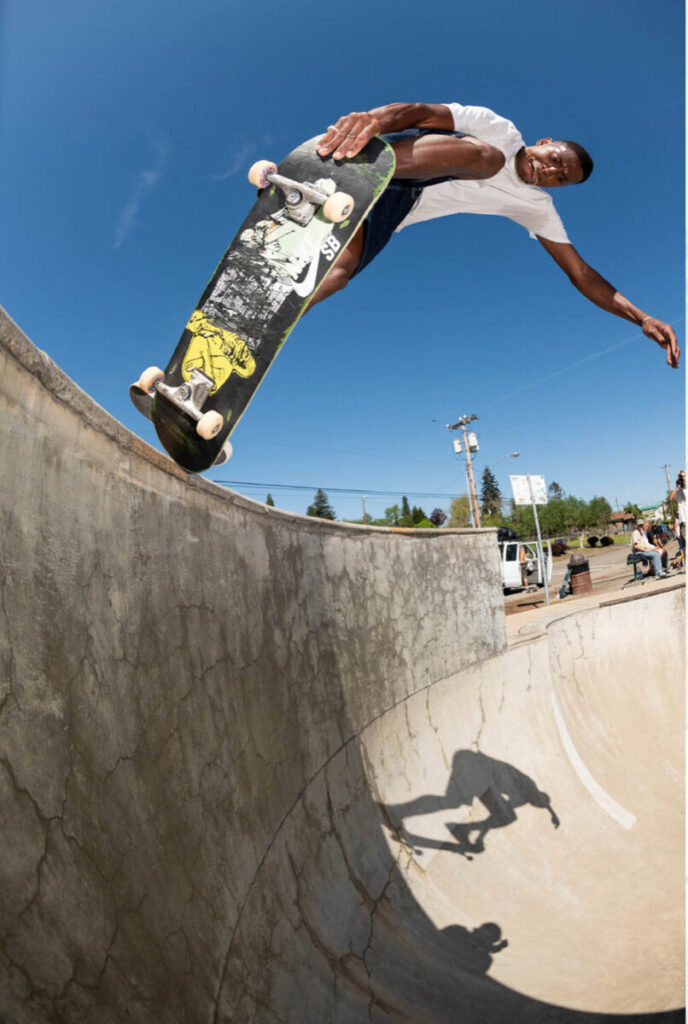
Photographer: Joe Brook 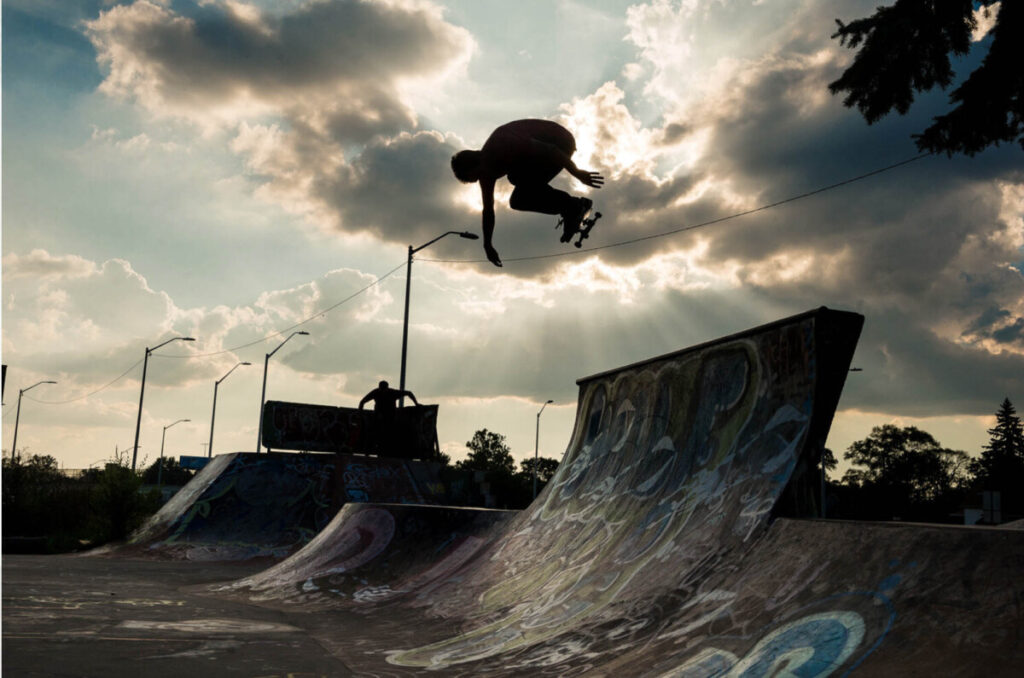
Photographer: Joe Brook
How to freeze motion:
- Use a shutter speed of 1/ 500, 1/1000 or faster.
- When shooting with a camera, use AI Servo/AF-C to focus on a moving subject. AI Servo-is Canon’s predictive autofocus system. The name is derived from the use of Artificial Intelligence used to predict the speed and distance of the moving subject. It greatly increases your chance of getting a sharp image when your target is moving.
- Also when using a camera, to increase your chances of hitting the focus with a moving subject, use back button focus with AI Servo. Back button focus removes the focusing from the shutter release button. Check your camera manual to see how to set it up.
Timing
The exact moment that you take the picture is as important as how long the shutter speed is. This is often called:
The Decisive Moment: A term coined by Cartier Bresson- “the simultaneous recognition, in a fraction of a second, of the significance of an event as well as the precise organization of forms which gives that event its proper expression.”

Photographer: Henri Cartier-Bresson
Blurred motion-moving elements blur with a longer shutter speed.

Matthew Pillsbury 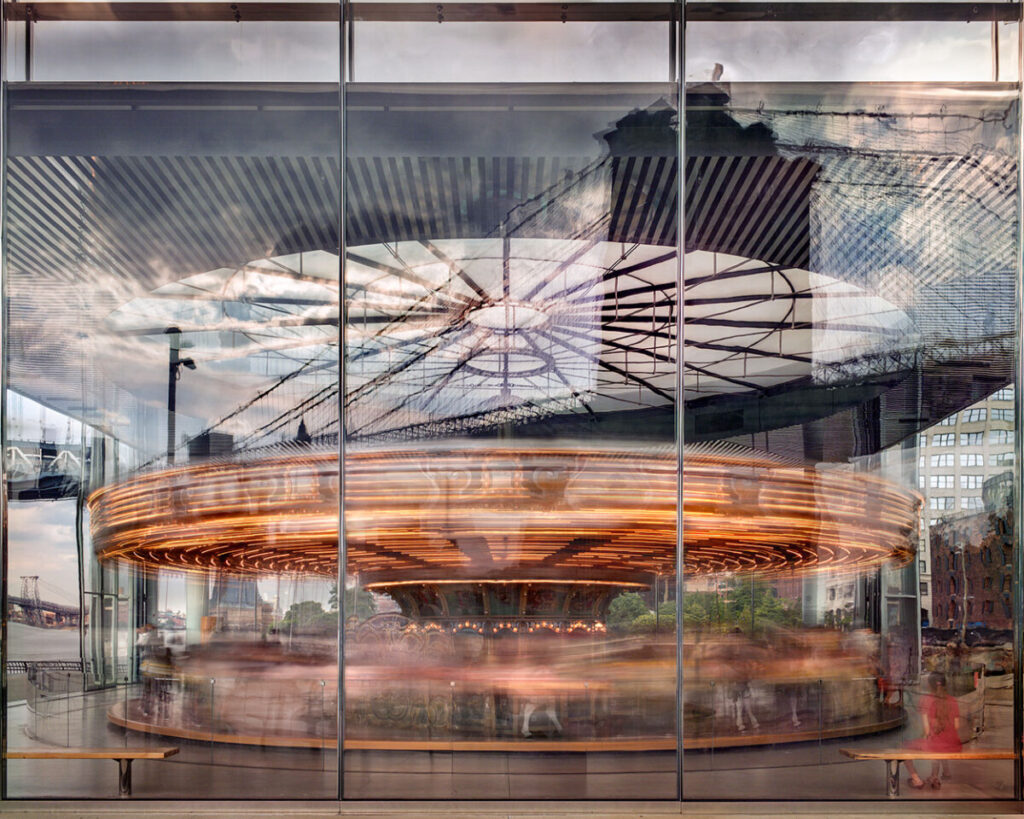
Matthew Pillsbury 
Matthew Pillsbury 
Duane Michals 
Duane Michals 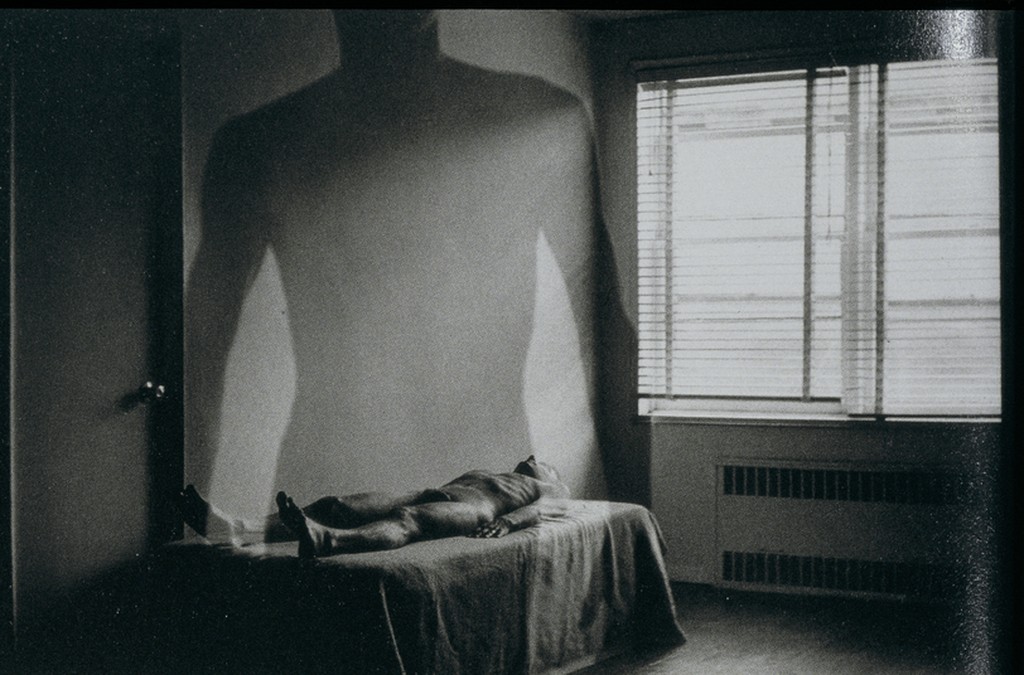
Duane Michals
How to blur motion:
- Use a slower shutter speed – 1/4 sec to 30″ or even longer
- Direction-if the subject moves parallel to the picture plane there is more visible movement than if the subject moves toward or away from the camera.
- Focal length-a subject will appear blurrier when photographed with a telephoto lens than when photographed with a wide-angle lens.
Resource
Lab Exercise
Homework Assignment
week




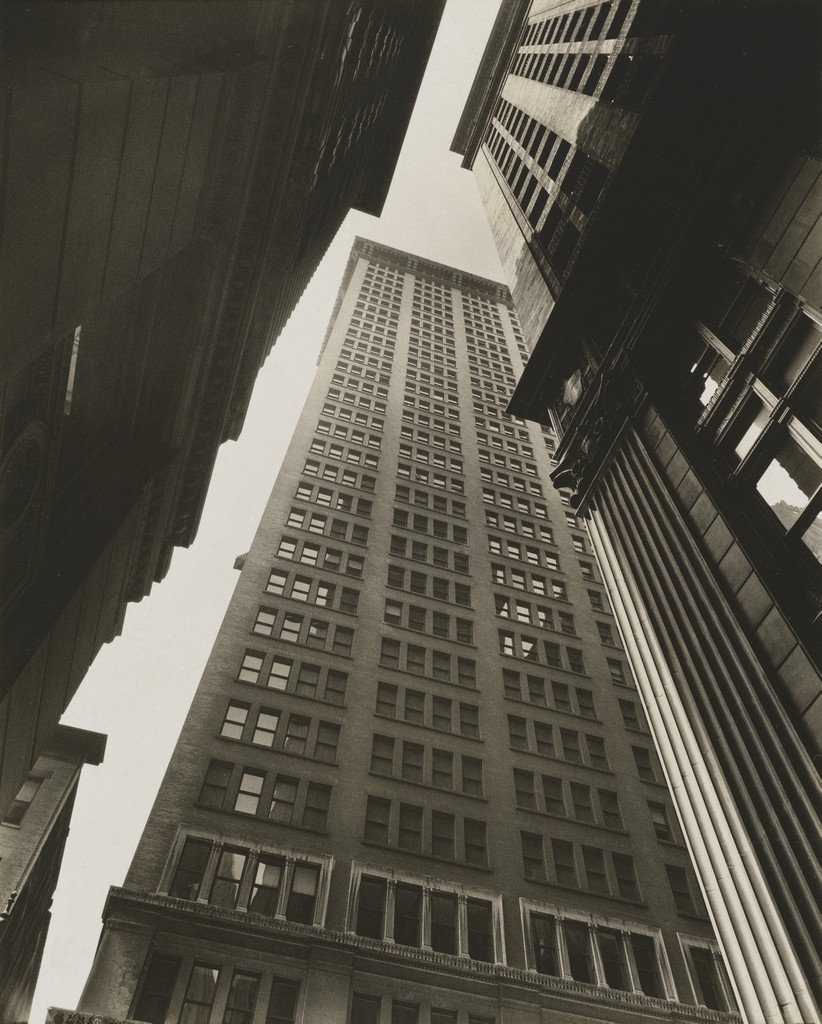
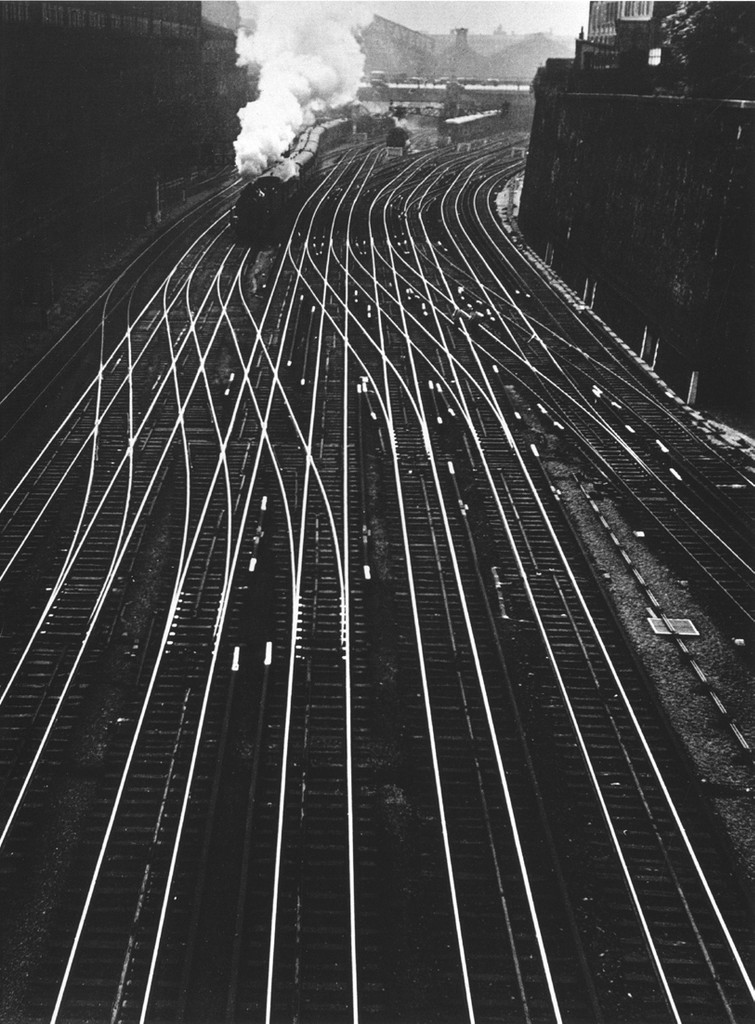
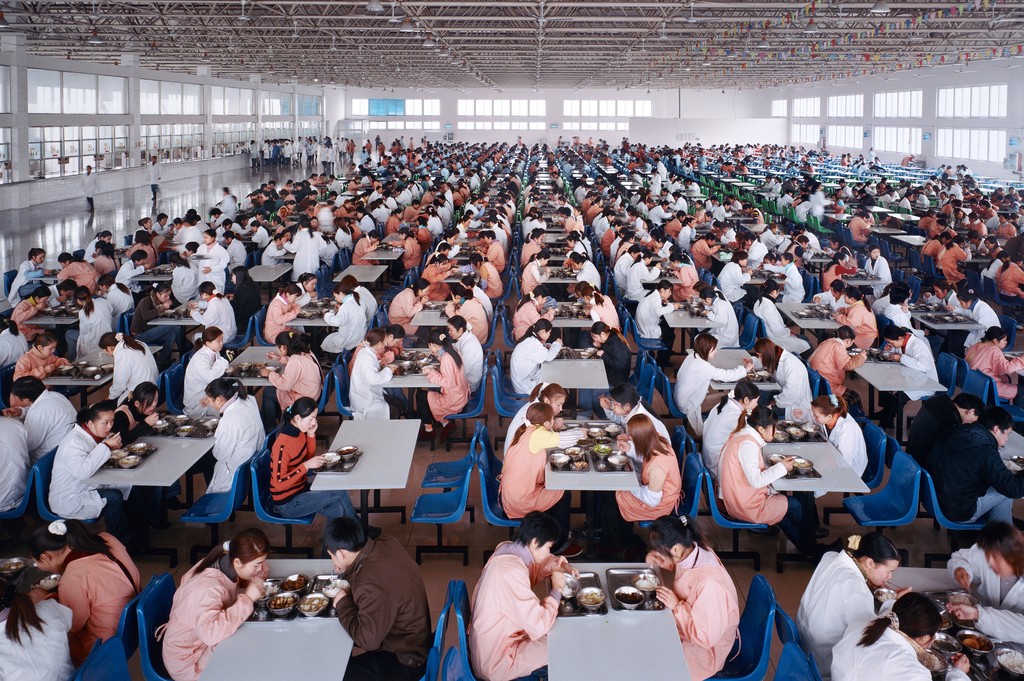



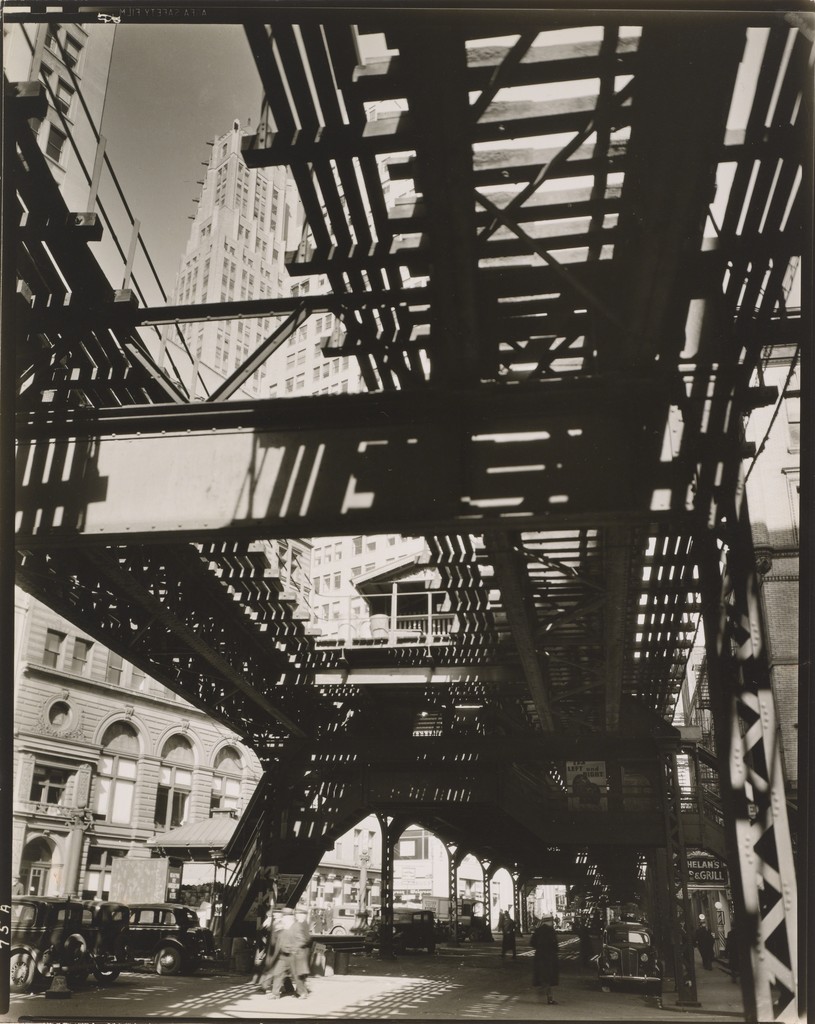
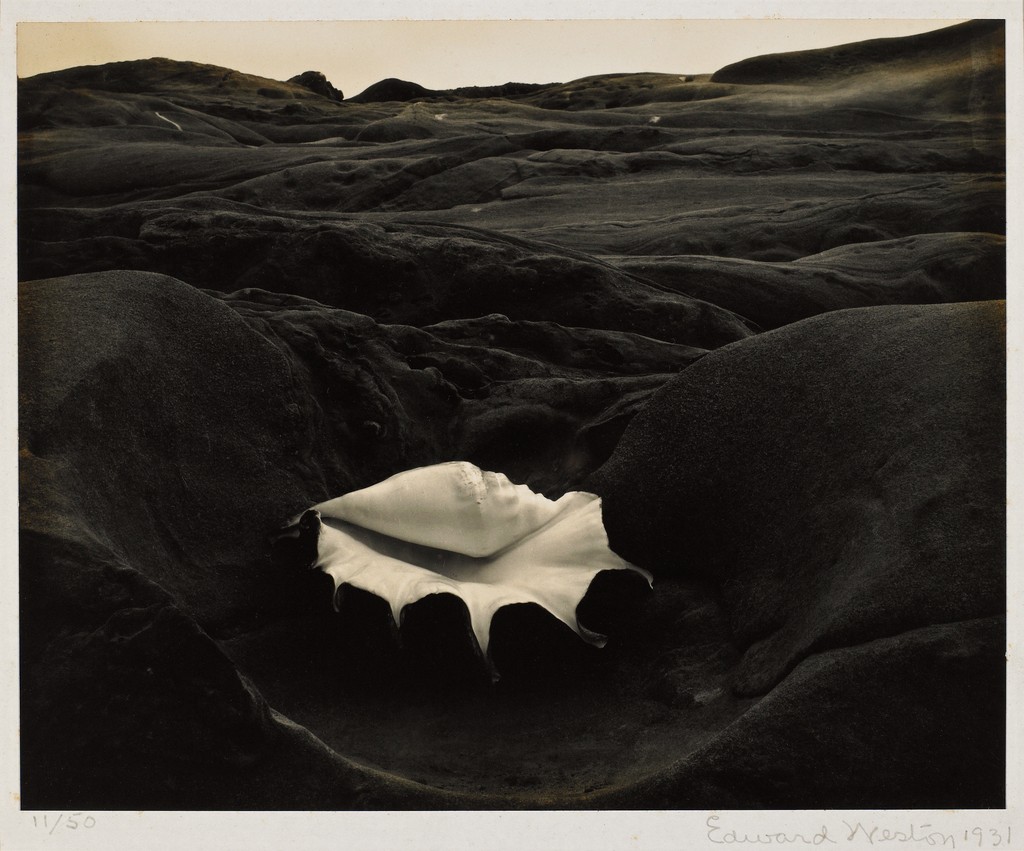
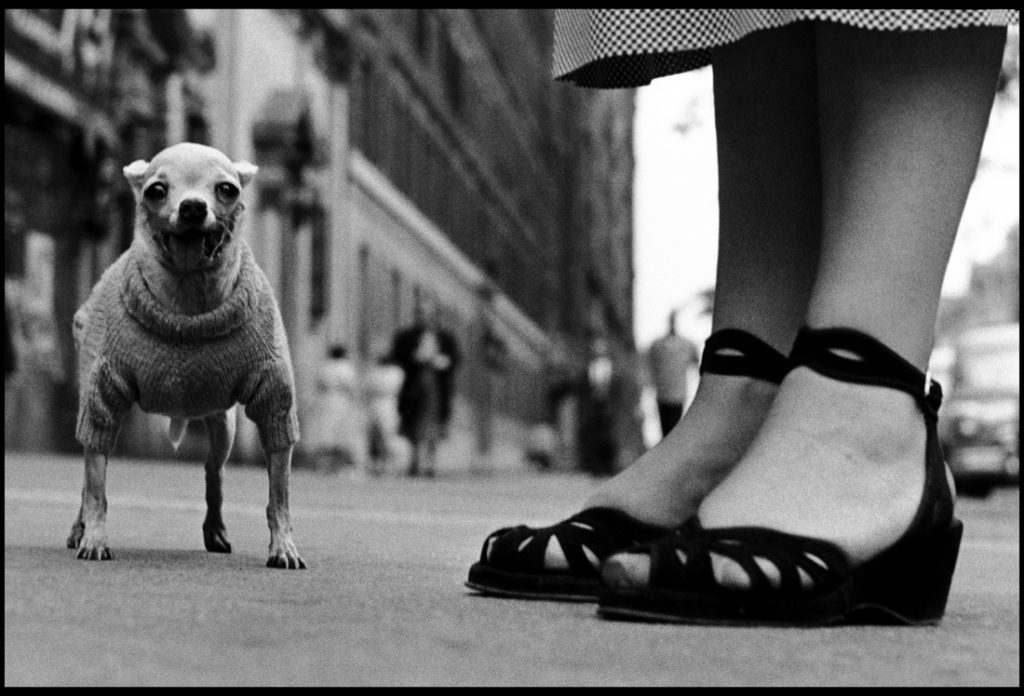


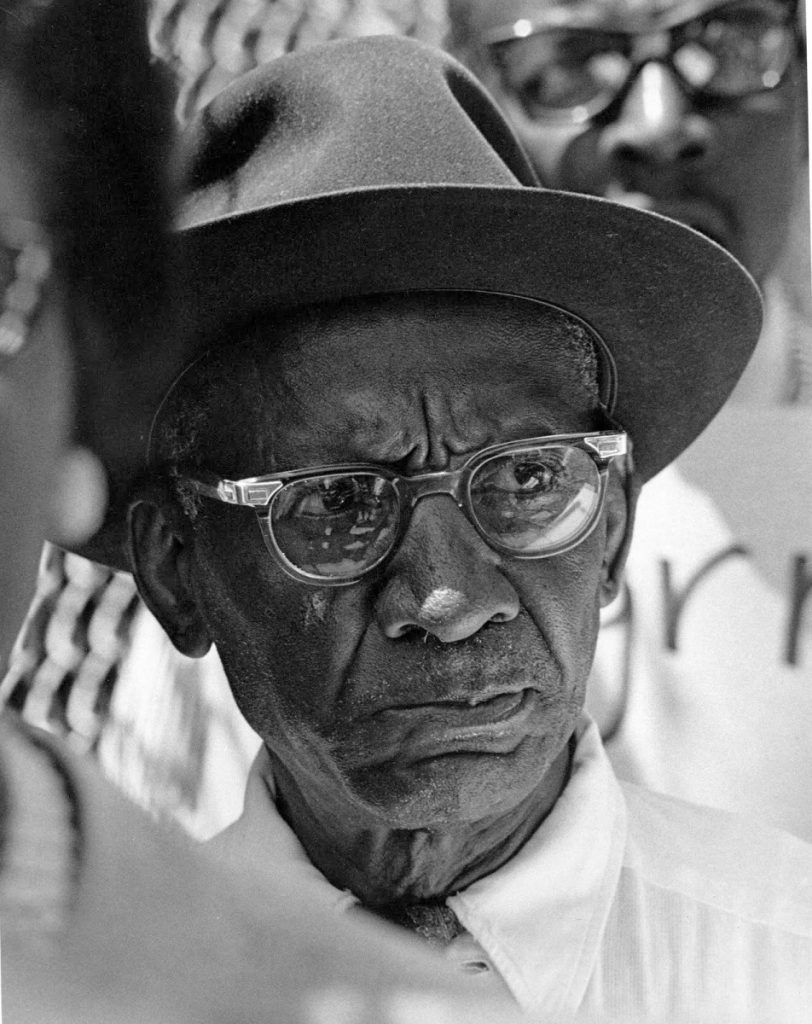
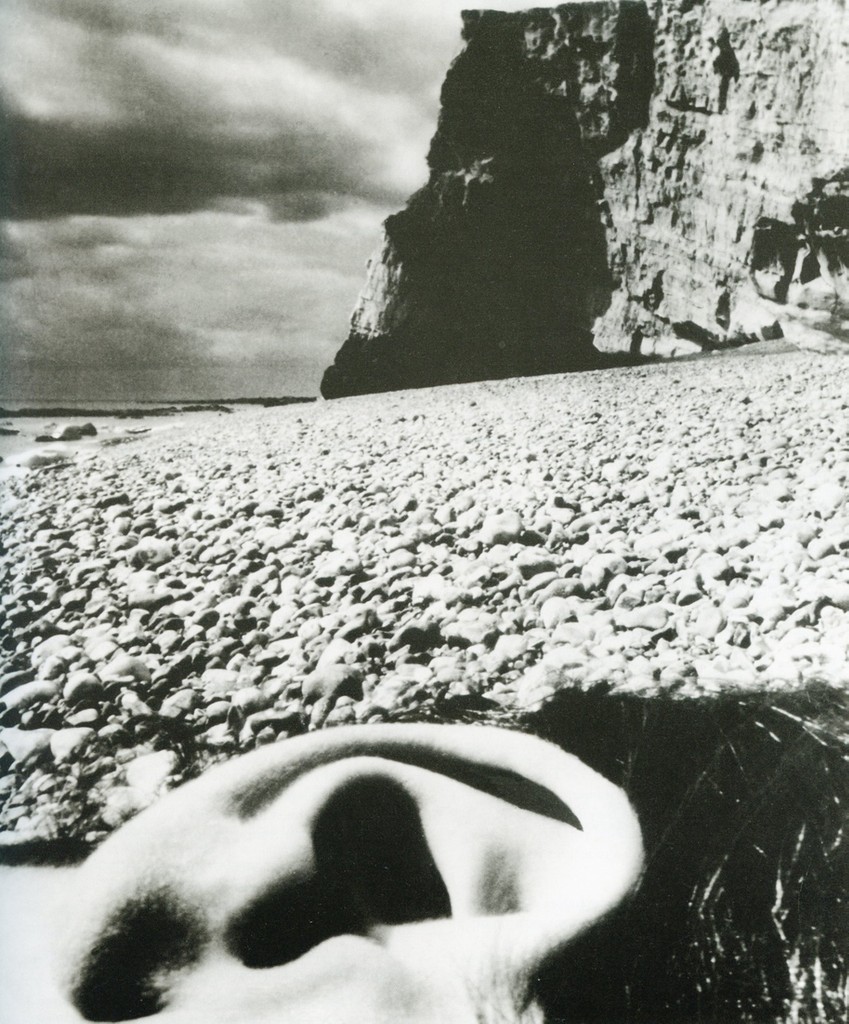
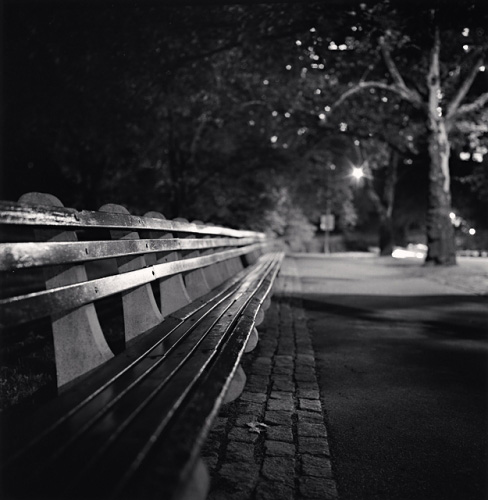




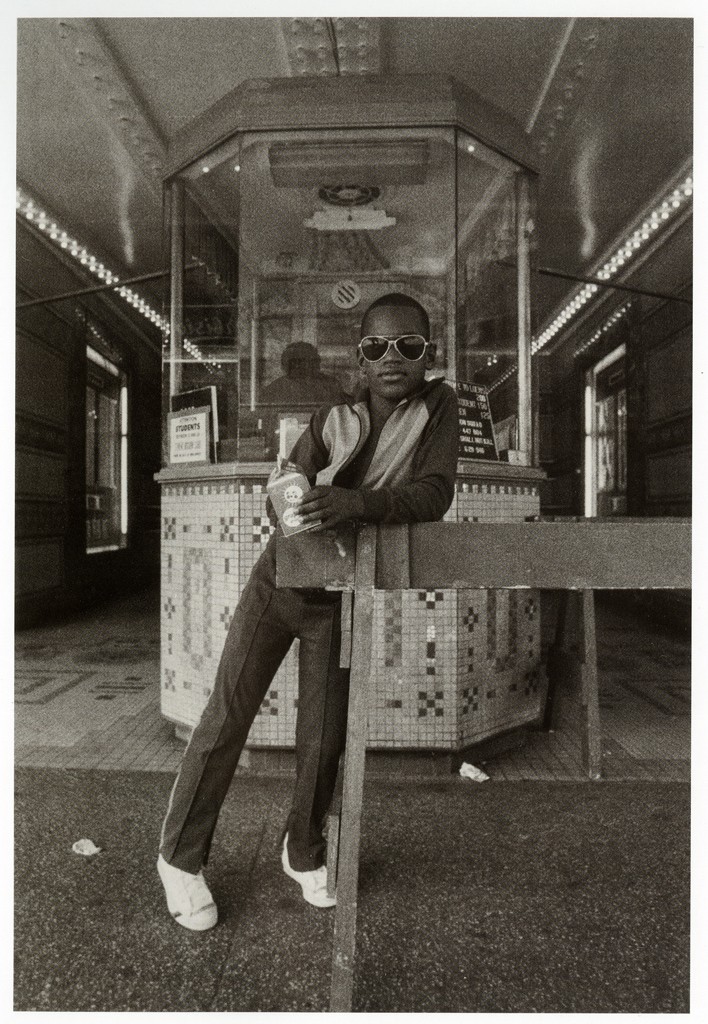

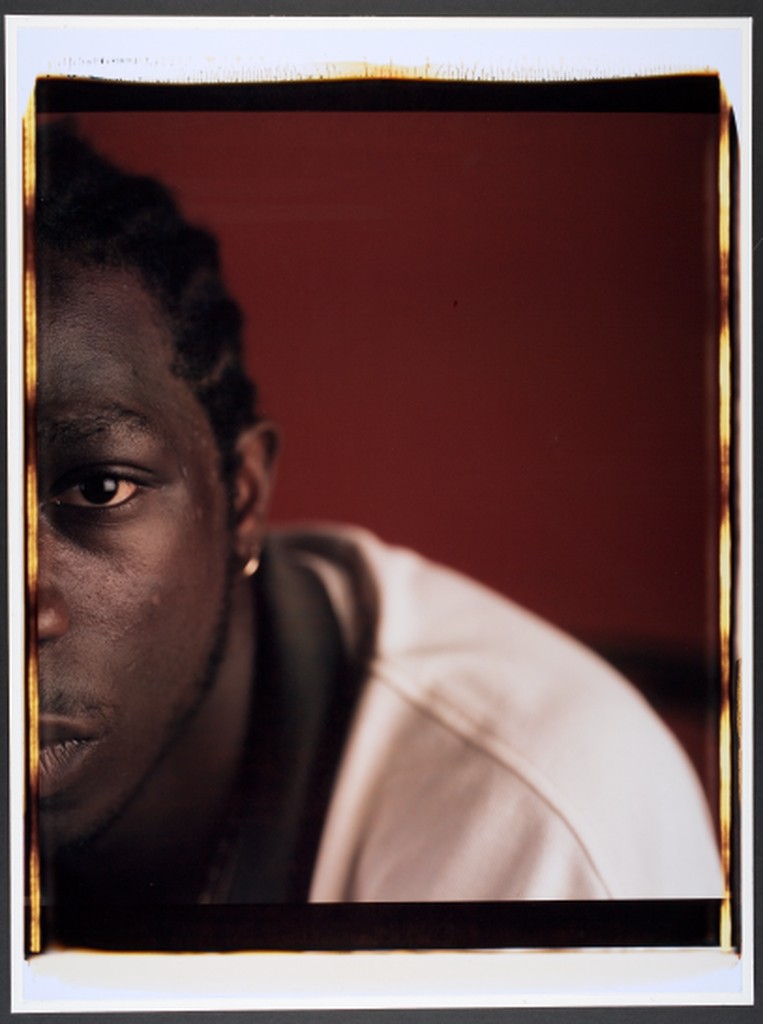
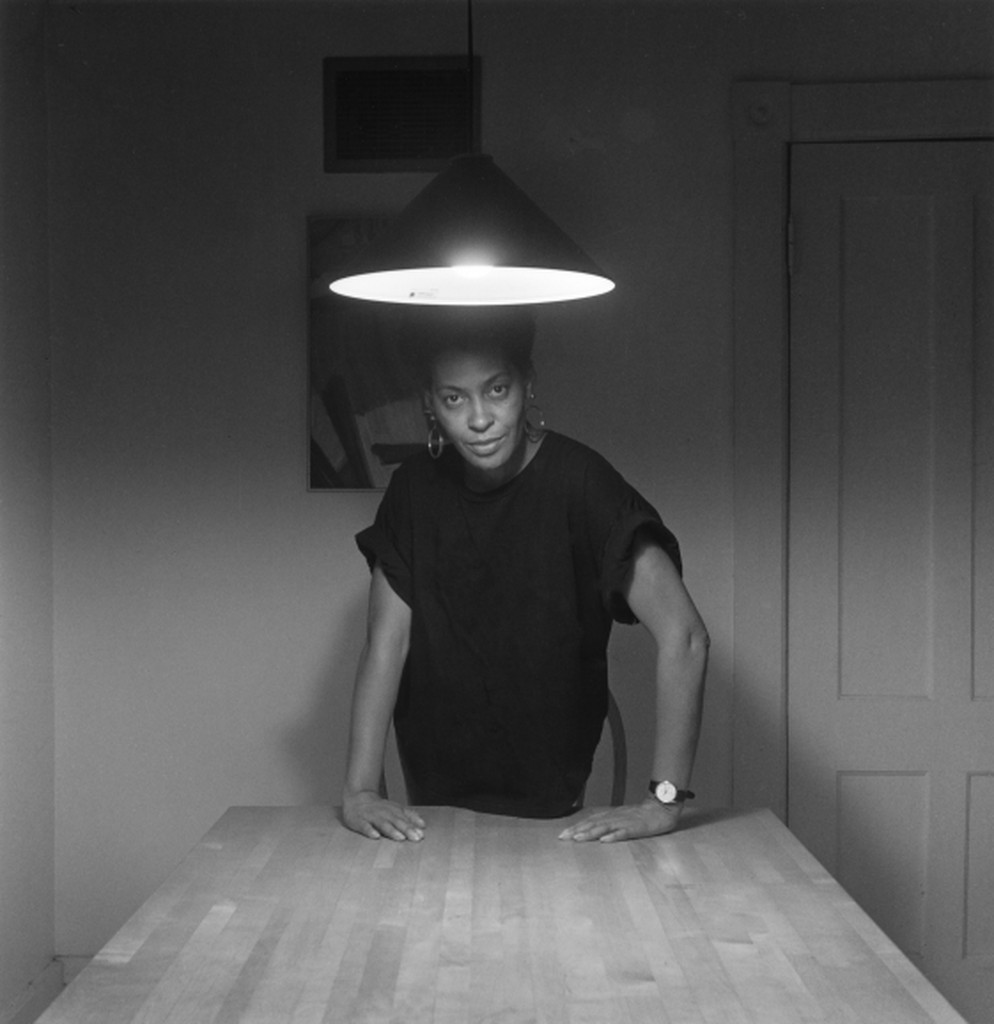
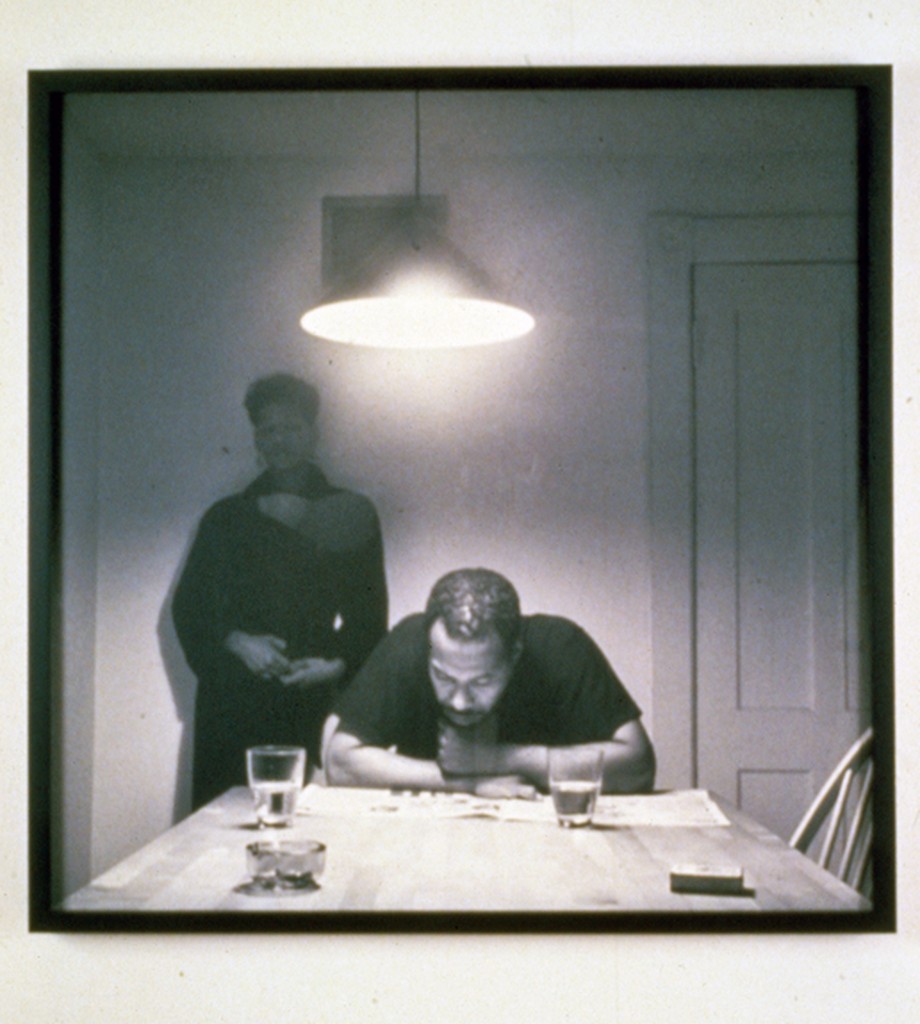
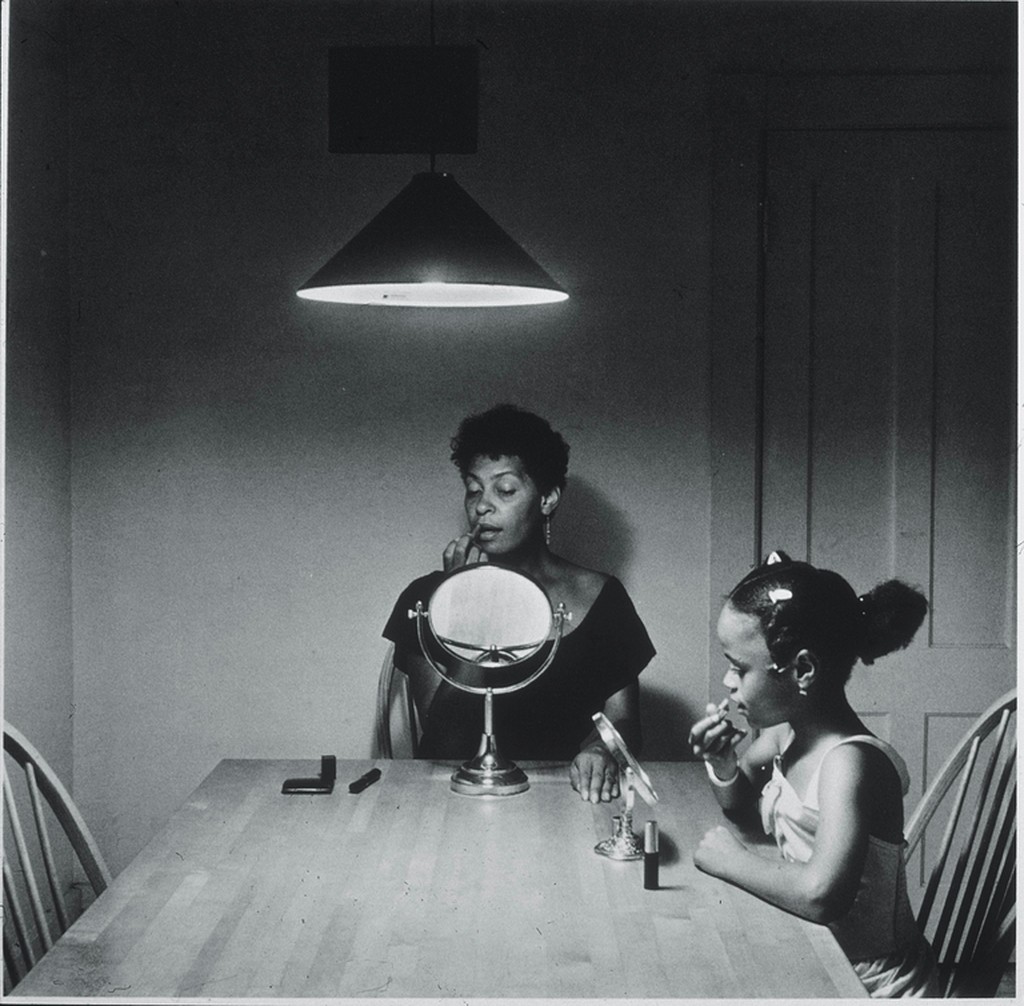

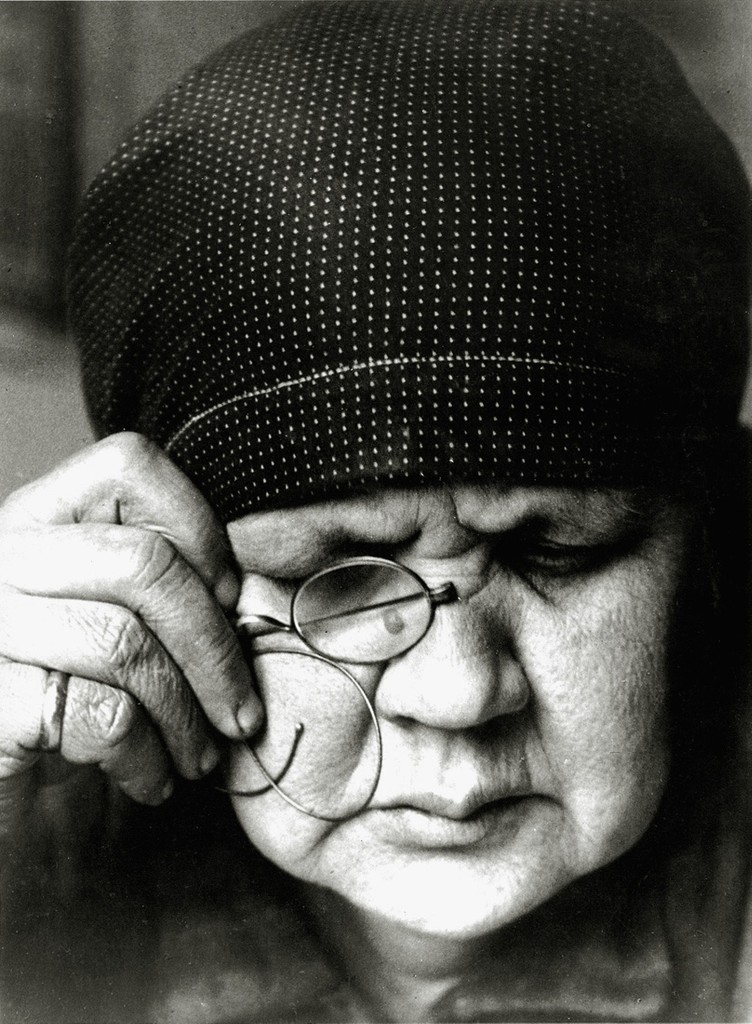
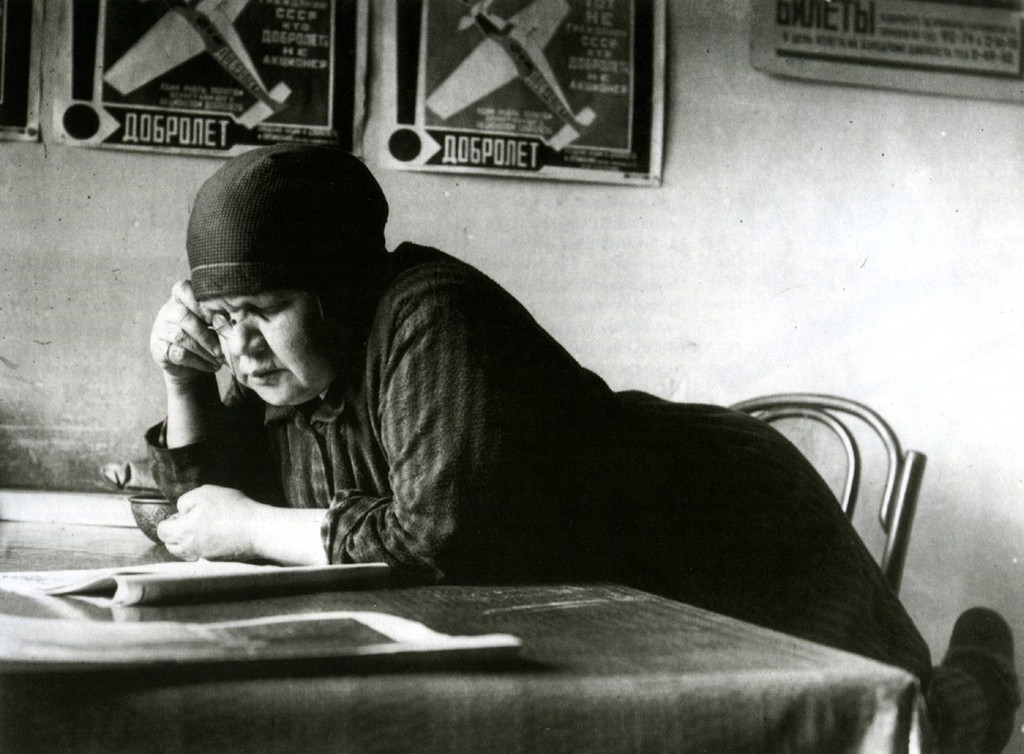
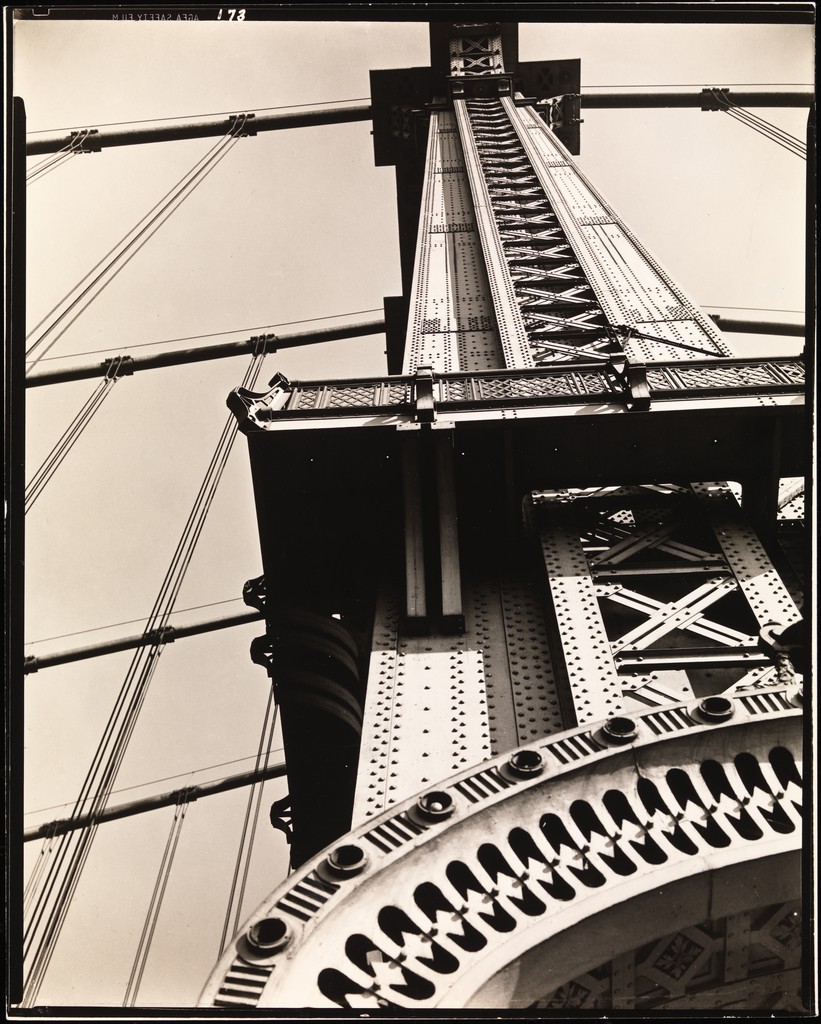
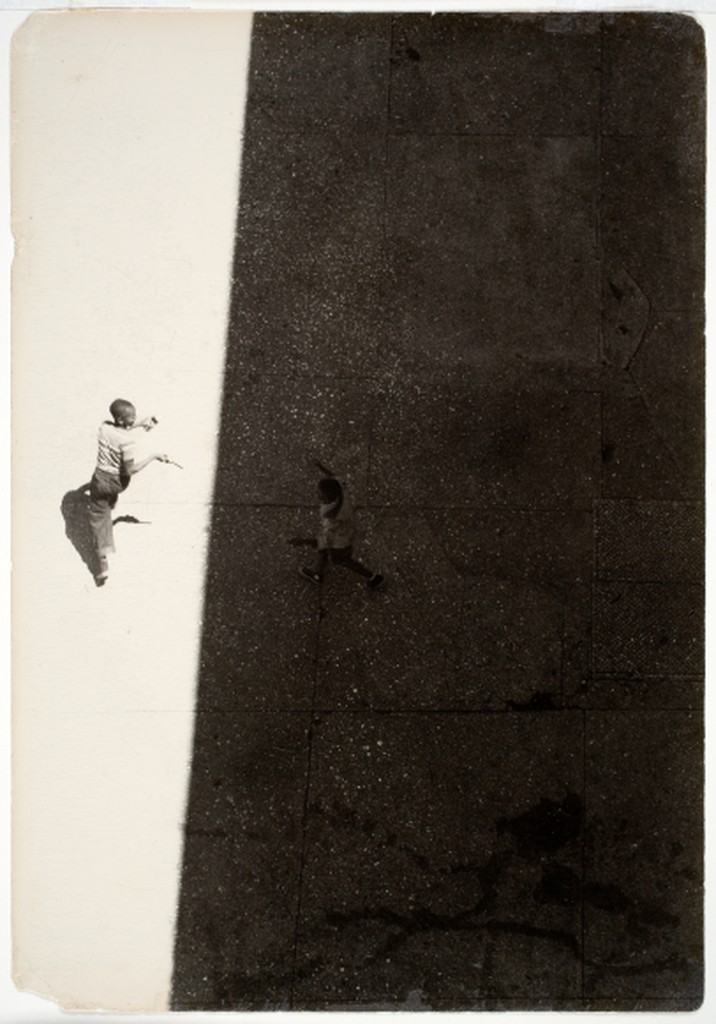


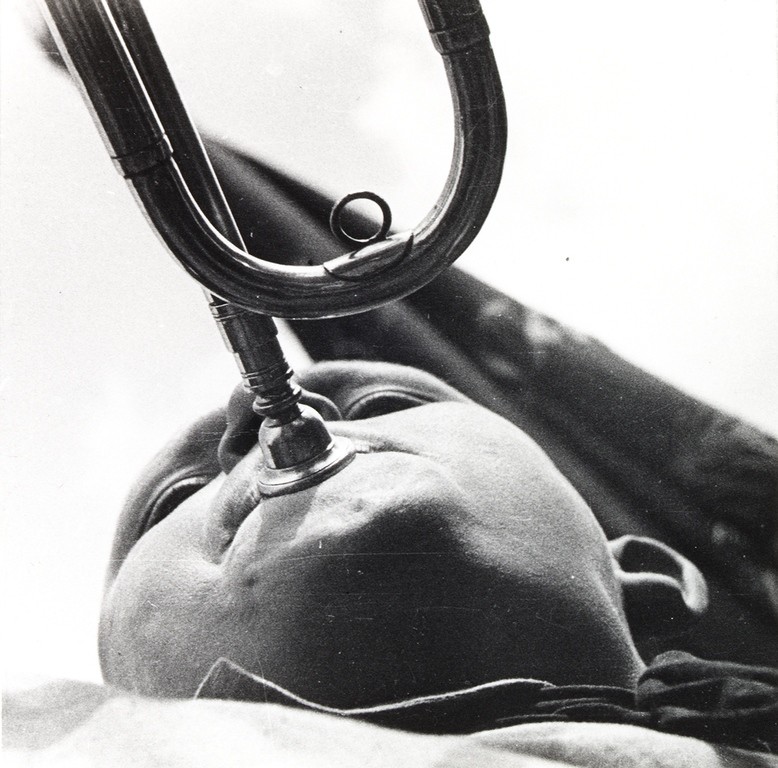


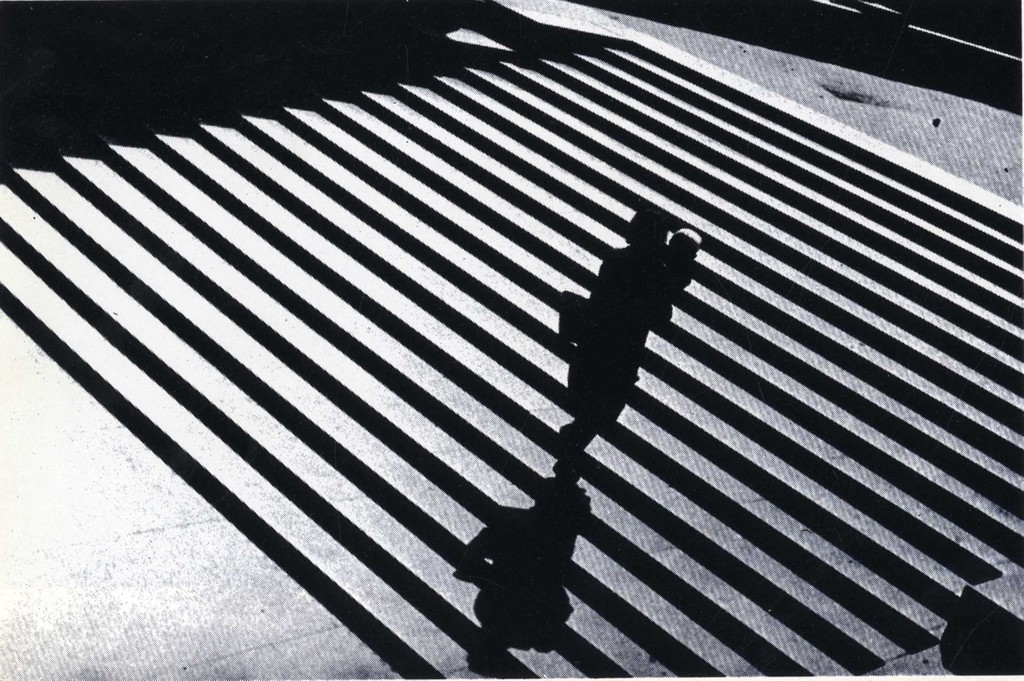

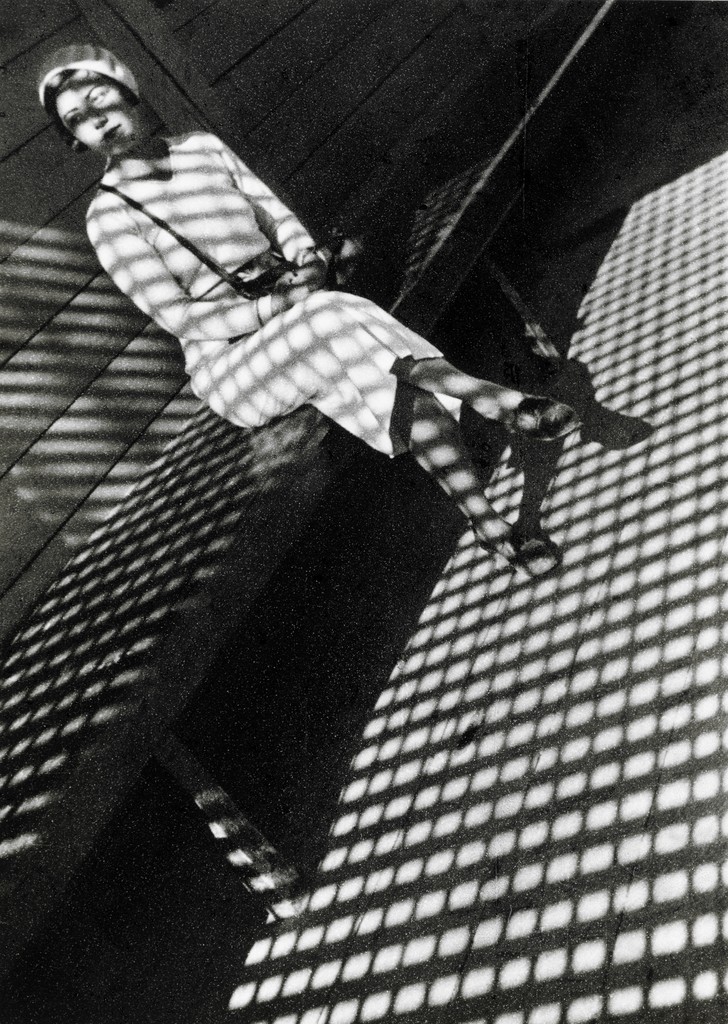




Recent Comments